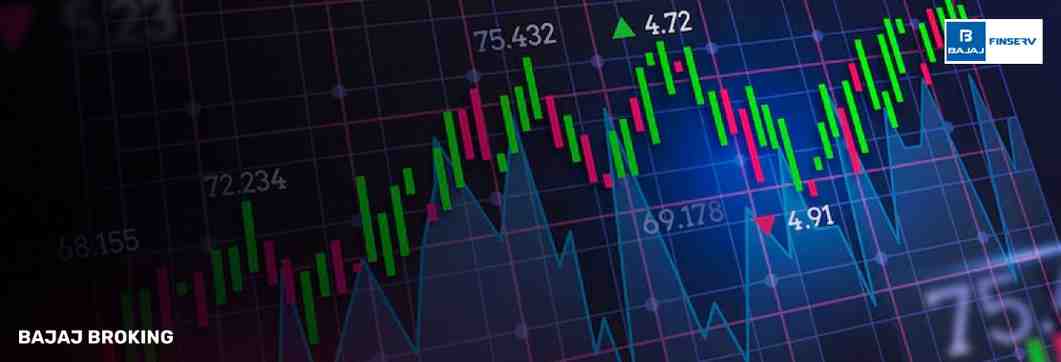Trading with borrowed money from a broker, also known as margin trading, allows you to purchase more than what your own funds permit. This leverage can amplify both profits and losses. To safeguard both trader and broker, a maintenance margin is set. It represents the minimum amount of equity you must maintain in your account.
Think of it as a protective safety net, ensuring you do not lose beyond a certain level when market prices move against your trade. If your account balance falls below this requirement, your broker will intervene, often by issuing a margin call.
How Maintenance Margin Works?
Suppose you buy shares worth ₹1,00,000 by using ₹50,000 of your own funds and borrowing the rest from your broker. This doubles your buying power but also doubles your risk.
To protect against excessive losses, brokers set a maintenance margin. If the margin is 30%, you must always maintain at least ₹30,000 in your account. When your balance falls below this, your broker issues a margin call.
A margin call requires you to add more funds or sell some holdings. If you fail to respond promptly, your broker has the right to sell your securities.
Example of Maintenance Margin
Imagine your ₹1,00,000 investment falls in value to ₹85,000. Since half the funds were borrowed, your equity also drops significantly. With the new value, you might no longer meet the 30% maintenance margin requirement set by your broker.
When this happens, your broker alerts you with a margin call, asking you to deposit additional funds or sell some holdings to restore balance. If you fail to act, your broker has the authority to sell part or all of your shares to recover the borrowed amount, protecting themselves from losses while limiting your control over the investment.
Breaking Down Of Maintenance Margin
You can borrow money to trade on a margin account, but the upkeep margin makes sure you don't lose too much. It's like a safety net for your money.
Unlike the starting deposit you make to open a trade, maintenance margin only comes into play later—when your balance falls below the safe level set by your broker.
Your broker’s job is to watch your account. If the market moves against you, they’ll issue a margin call to protect both your funds and theirs.
Stock exchanges and government agencies decide on this rule, but brokers can make them harsher if they want to. To avoid overexertion, this is a very important thing to do.
Margin Accounts vs Maintenance Margins
Thing
| Margin Account
| Maintenance Margin
|
What it is
| A trading account where you borrow money from your broker to buy more shares or other investments
| The smallest amount of your own money you must keep in your account after borrowing
|
Why it’s used
| Lets you buy more than you could with just your money
| Stops you from losing too much and protects both you and your broker
|
When it’s needed
| At the start, before you borrow
| Later, only if your account’s value drops too much
|
When it kicks in
| When you first open a trade with borrowed money
| When your account value falls below the broker’s safe level
|
Where it’s used
| Stocks, futures, options, and some bonds
| When trading with borrowed money, especially in risky markets
|
What the broker does
| Lends you money and sets rules
| Checks your account and warns you if you need to add money
|
Risk level
| You can make bigger profits but also bigger losses
| Helps keep your losses from getting out of control
|
Who makes the rules
| Market regulators like SEBI and stock exchanges
| Stock exchanges and brokers, often with their own extra rules
|
Effect on you
| Can make you money faster, but also lose it faster
| Keeps you from owing more than you can handle
|
Conclusion
The maintenance margin is more than just a regulatory concept—it's a fundamental safeguard in leveraged trading. It helps control risk and ensures that accounts remain adequately funded during periods of market volatility.
When trading instruments such as options or certain bonds, staying informed about the maintenance margin can help avoid sudden margin calls and unexpected liquidations.
Understanding the dynamics between margin accounts and maintenance margin requirements enables traders and investors to operate within safe financial limits, aligning with broader regulatory frameworks.





